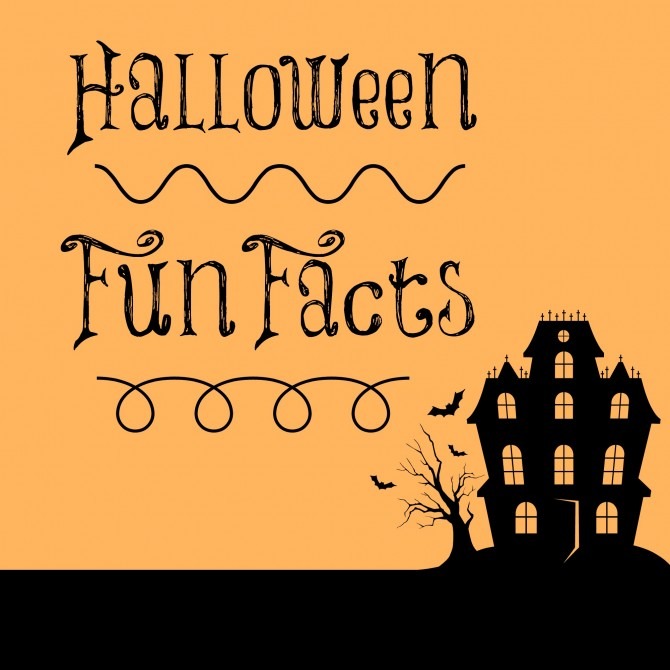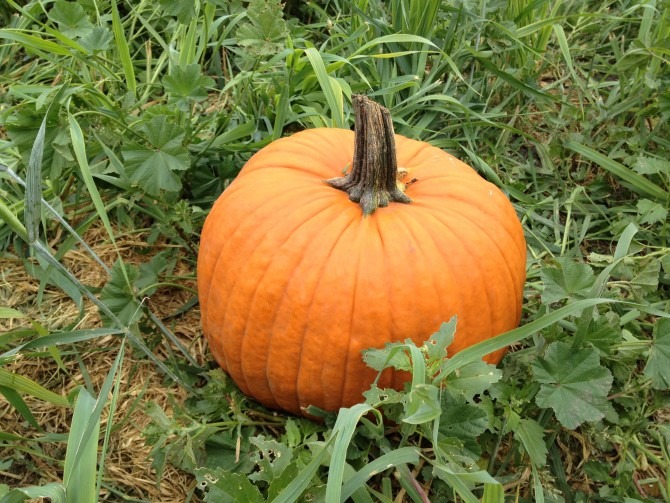Halloween is the second most commercially successful holiday, and for good reason! It’s the one day of the year when we have permission to dress up in crazy costumes, visit strangers’ homes asking for treats, and eat candy to our hearts’ content. And who doesn’t enjoy transforming a humble gourd into a carved masterpiece?! I look forward to Halloween every year, but until now, I knew little about the holiday’s rich history. Here is some fun seasonal trivia to help you get into the Halloween spirit!
How It All Began
- Halloween can be traced back to the Celtic festival of Samhain, a communal celebration of the end of the harvest. Celts believed that on this, the night before the new year was to begin, the boundary between the worlds of the living and the dead were blurred and the spirits of the dead could cross over into the other world.
- During the eighth century, Pope Gregory III designated November 1 as a time to honor all saints and martyrs; the holiday, All Saints’ Day, incorporated some of the traditions of Samhain. The evening before became known as All Hallows’ Eve, and later Halloween.
- Celebration of Halloween was limited in colonial New England due to the strong Protestant belief systems there. By the mid-ninteenth century, annual harvest festivals were common, but Halloween was not celebrated everywhere in the United States. The influx of Irish immigrants following Ireland’s potato famine in 1846 helped to popularize Halloween at a national level.
What About Dressing Up and Trick-or-Treating?
- The tradition of trick-or-treating is said to have roots in the medieval practice of “mumming” or “souling” which involved people going house-to-house in costume and asking for food in exchange for prayers for the dead. People were more likely to hand out food on these days to appease ghosts and prevent them from entering.
- Because it was believed that ghosts came back to the earthly world on Halloween, people thought they would encounter ghosts when they left their homes, so they wore masks when “going-a-souling” with the hope that ghosts would mistake them for fellow spirits.
- The practice of “guising” at Halloween in North America was first recorded in 1911, though the tradition of trick-or-treating didn’t gain popularity until World War II.
How Do Pumpkins Enter the Picture?
- Jack-o’-lanterns originated in Ireland, where people placed candles in hollowed-out turnips to keep away spirits and ghosts on the Samhain holiday.
- When Halloween was brought to North America, immigrants replaced turnips with the native pumpkin, which was softer and larger, making it easier to carve than a turnips.
Let’s Talk About the Candy
- Halloween candy sales average about 2 billion dollars annually in the United States.
- Snickers are the most popular candy for trick-or-treaters.
- Nine billion kernels of candy corn are produced each year.
- Tootsie Rolls were the first wrapped penny candy in the United States.
+ + + + +
What’s your favorite way to celebrate Halloween? Will you be dressing up this year? And the real question: what is your favorite Halloween “treat”?

